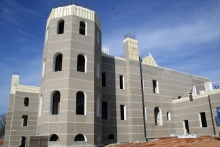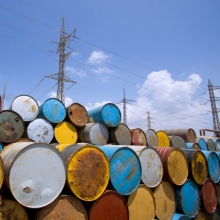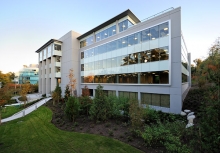Dorm Design Trends and Ideas
It�s that time again. The tuition bills start coming in. The textbooks start piling up. Relieved parents start counting down the days in anticipation of a little more peace and quiet� and students ready themselves emotionally for due dates, slop from the dining facility, and doing their own laundry. With the dread of the coming semester, however, students embrace the independence of getting out of the parental home and into the dorm. Making a dorm room feeling like home, however, can present a few challenges. Due to their smaller size and the fact that these spaces are often shared, dorms can present quite a few limitations on design � particularly if strict rules govern wall hangings and painting. We�ve come up with a few dorm design trends and ideas, however, that you can use to enhance your space and brighten your surroundings for the start of the school year.











